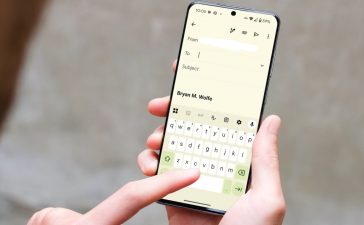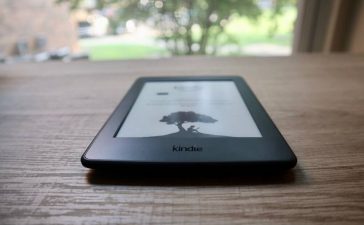With its high price – which is nearly five times as much, when adjusted for inflation, as the first iPhone went on sale for in 2007 – Apple may still struggle to convince many users to try it. Some technology commentators suggest that Apple should target the first version of the Vision Pro at specialist users, such as architects, who could use the augmented reality to imagine what a building might look like in situ. Future generations of the device, when the price comes down thanks to technological advances, could be targeted more at mainstream users.
Aiming for a niche audience is the route that Apple’s rivals Microsoft went down when it released its own mixed-reality headset, the Hololens, in 2016. It didn’t set the world on fire, selling 300,000 devices since launch, according to analysts IDC. (For context, one analyst told the BBC that they believe Apple could sell upto 150,000 of its Vision Pro headsets in its first year on sale.)
However, what the Hololens lacks in quantity of users, it has made up for in the way it has tried to make itself useful. The technology is being used to aid surgeons conducting complicated procedures on the brain and to assist in bowel cancer surgery. It has found uses among engineering firms and recently Microsoft announced a $21.9bn (£15.9bn) deal to supply 120,000 headsets to the US Army.
But there have been some concerns raised by research that suggests augmented reality headsets may make complex tasks harder to complete than without any hi-tech help at all.
Even if Apple doesn’t end up appearing in operating theatres worldwide, there’s a surprising line in using AR and VR for training people to do tasks before they do them in real life. “There are lots of applications now using VR for training purposes,” says Pan. Whether that’s enough to sustain a business for Apple is still uncertain.
Apple is facing a lot of competition too with Magic Leap releasing a second iteration of its goggles last year and Microsoft’s Hololens 2 already on sale. Google, however, announced in March this year that it was giving up on the latest Enterprise Edition of its Glass smart glasses, giving no indication the project will be revived.
“It will be interesting to see, a year or more after its introduction, if it has inspired copycats and novel user applications,” says Hicks. “But at this point it looks like another iteration of a technology that has largely failed to catch on with most people.”
—
For more technology news and insights, sign up to our Tech Decoded newsletter. The twice-weekly email decodes the biggest developments in global technology, with analysis from BBC correspondents around the world. Sign up for free here.












